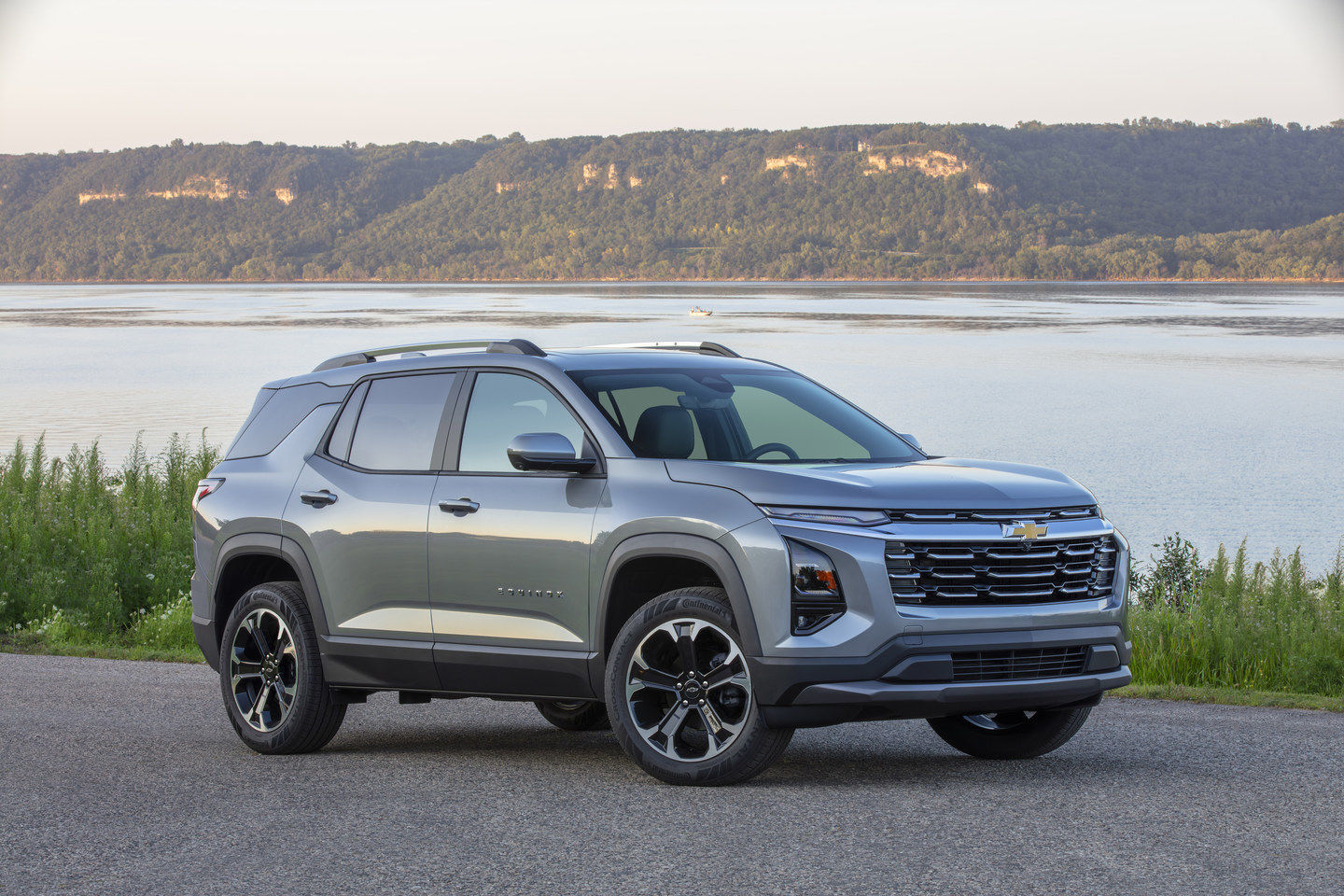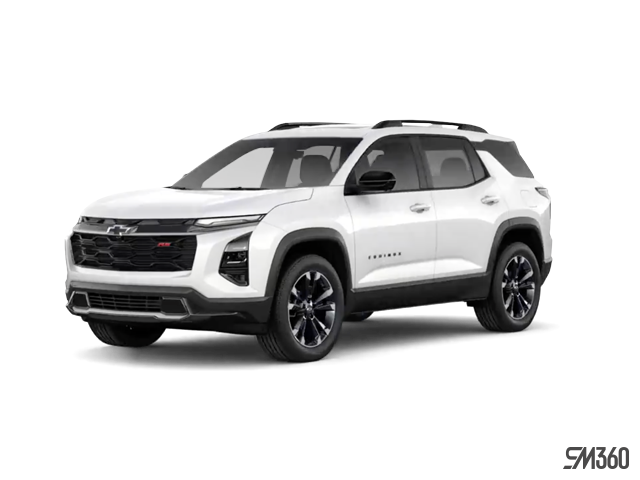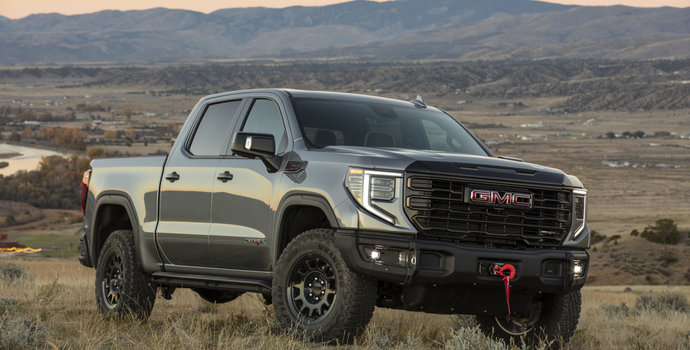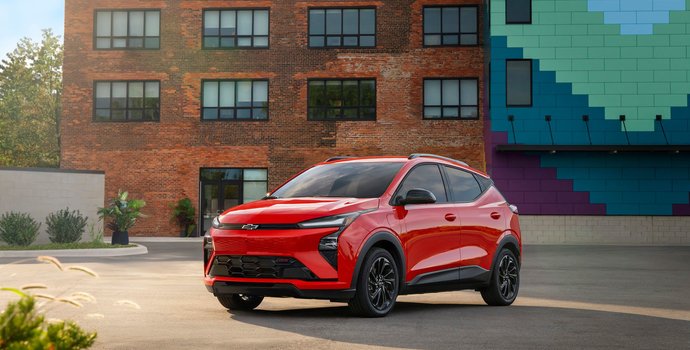The Chevrolet Equinox has long been a mainstay in the compact SUV segment, and for 2025, buyers have two distinct options: the gas-powered Equinox or the all-electric Equinox EV. While they share a name and seat five passengers, they offer very different experiences under the skin. This guide breaks down the key differences between these two models in terms of interior space, cargo capacity, performance, efficiency, and onboard technology—helping you decide which version best fits your needs.
Interior Dimensions: Similar Space, Different Layout

Step into either version of the 2025 Chevrolet Equinox, and you’ll find two vehicles that prioritize comfort and space—but with subtle differences in design and proportions. The Equinox EV is longer and wider than the gas-powered model, which gives it a slightly roomier feel overall, especially up front. Yet, despite those dimensional differences, both models offer nearly identical headroom, legroom, and seating configurations.
The Equinox EV delivers a more open, tech-forward layout with a sleek, horizontal dash dominated by a wide infotainment screen. In contrast, the gas-powered Equinox maintains a more conventional SUV interior, with a driver-oriented console and traditional button placements. The EV’s lower centre tunnel, made possible by its flat battery platform, gives it an edge in floor space and a sense of openness for front passengers. Rear-seat space is virtually equal in both versions, ensuring comfort for passengers regardless of powertrain.

Interior Dimensions Comparison
|
Measurement
|
Equinox EV
|
Gas-Powered Equinox
|
|
Front Head Room
|
994 mm (39.15 in)
|
1,016 mm (40.00 in)
|
|
Front Leg Room
|
1,058 mm (41.65 in)
|
1,039 mm (40.90 in)
|
|
Front Shoulder Room
|
1,489 mm (58.64 in)
|
1,466 mm (57.70 in)
|
|
Front Hip Room
|
1,421 mm (55.95 in)
|
1,377 mm (54.20 in)
|
|
Second Row Leg Room
|
965 mm (38.00 in)
|
1,013 mm (39.90 in)
|
|
Second Row Shoulder Room
|
1,408 mm (55.45 in)
|
1,417 mm (55.80 in)
|
|
Passenger Volume
|
2,895 L
|
Not specified
|
|
Wheelbase
|
2,954 mm (116.3 in)
|
2,730 mm (107.5 in)
|
|
Length
|
4,840 mm (190.55 in)
|
4,653 mm (183.2 in)
|
|
Width
|
1,954 mm (76.94 in)
|
1,902 mm (74.9 in)
|
Cargo Space: A Small Difference, But It Matters

In terms of cargo capacity, the traditional Equinox edges out the EV—but only slightly. Behind the second row, the gas-powered model offers 844 litres of space, compared to 748 litres in the Equinox EV. With the rear seats folded, maximum capacity is 1,798 litres in the gas model and 1,620 litres in the EV. That modest difference may come down to the packaging of the battery pack and EV-specific underfloor structures.
Both models feature a dual-height cargo floor and 60/40-split folding rear seats. The EV adds some visual flair with ambient lighting and optional hands-free access, while the gas model maintains an edge for those seeking just a bit more hauling room.
Cargo Capacity Comparison
|
Measurement
|
Equinox EV
|
Gas-Powered Equinox
|
|
Cargo Volume to Seat 2
|
748 L
|
844 L
|
|
Cargo Volume to Seat 1 (Max)
|
1,620 L
|
1,798 L
|
|
Seat Configuration
|
60/40 Split
|
60/40 Split
|
|
Dual-Height Floor
|
Yes
|
Yes
|
Performance and Efficiency: Two Very Different Stories

This is where the two versions truly part ways. The gas-powered Equinox comes equipped with a 1.5-litre turbocharged 4-cylinder engine producing 175 horsepower and 203 lb-ft of torque. Paired with either front-wheel drive and a CVT or an available AWD system and 8-speed automatic transmission, the gas model offers familiar driving characteristics. Fuel consumption is rated at 10.0 L/100 km in the city and 8.2 L/100 km on the highway.
The Equinox EV, meanwhile, brings an entirely different driving experience. With up to 513 kilometres of estimated range from its battery, the EV caters to those seeking a quiet, smooth, and efficient alternative. Unlike the gas model, power delivery in the EV is instantaneous thanks to electric torque, and Regen on Demand along with One-Pedal Driving transforms the experience, particularly in stop-and-go traffic. While GM hasn’t disclosed the exact horsepower and torque figures for all trims, driving dynamics will differ substantially—quieter, more linear, and likely quicker in real-world responsiveness.
Efficiency-wise, there’s no contest. The Equinox EV eliminates fuel stops altogether for many drivers, especially those with home charging access. Meanwhile, the gas Equinox still benefits from long refuelling range and quicker replenishment on long trips—a plus for rural or less EV-friendly areas.
Technology further separates the two. The EV gets a massive 17.7-inch touchscreen, Google built-in capability, and an 11-inch driver display as standard. The gas model features a more modest but functional 11.3-inch screen and also supports Google built-in and wireless smartphone connectivity. However, advanced features like Super Cruise hands-free driving are unique to the EV.

Performance & Efficiency Comparison
|
Feature
|
Equinox EV
|
Gas-Powered Equinox
|
|
Estimated Range (FWD)
|
Up to 513 km
|
N/A
|
|
Fuel Consumption (City/Hwy)
|
N/A
|
10.0 / 8.2 L/100 km
|
|
Engine
|
Electric Motor (exact output TBD)
|
1.5L Turbo 4-Cylinder
|
|
Transmission
|
Single-Speed (EV)
|
CVT (FWD) / 8-Speed Auto (AWD)
|
|
Available AWD
|
Yes (eAWD)
|
Yes
|
|
Max Horsepower
|
TBD
|
175 hp
|
|
Max Torque
|
TBD
|
203 lb-ft
|
|
Driving Features
|
One-Pedal, Regen on Demand
|
Standard
|
|
Screen Size
|
17.7-inch + 11-inch driver
|
11.3-inch infotainment
|
|
Super Cruise
|
Available (EV only)
|
Not Available
|
Conclusion: Two Distinct Paths to a Compact SUV

The 2025 Chevrolet Equinox and Equinox EV serve different needs while maintaining the brand’s core focus on comfort, safety, and everyday usability. The gas-powered Equinox is ideal for those who prioritize affordability, extended highway driving, or frequent trips in regions without widespread charging infrastructure. It offers more cargo room, proven powertrain options, and a traditional user experience.
The Equinox EV, on the other hand, is designed for those looking to embrace electric mobility without sacrificing space or technology. It delivers a thoroughly modern driving feel, reduced operating costs, and more advanced connectivity features—especially for drivers with easy access to charging.
Ultimately, your lifestyle and priorities will determine which Equinox is the better fit. But with both models offering strong value in their respective categories, Chevrolet ensures that no matter the powertrain, there’s an Equinox ready for the road ahead.

You might also be interested in these blogs: Comparing the 2025 Chevrolet Equinox and the 2025 GMC Terrain: | Everything You Want to Know About the 2024 Chevrolet Equinox EV | New 2025 Chevrolet Equinox Introduced













